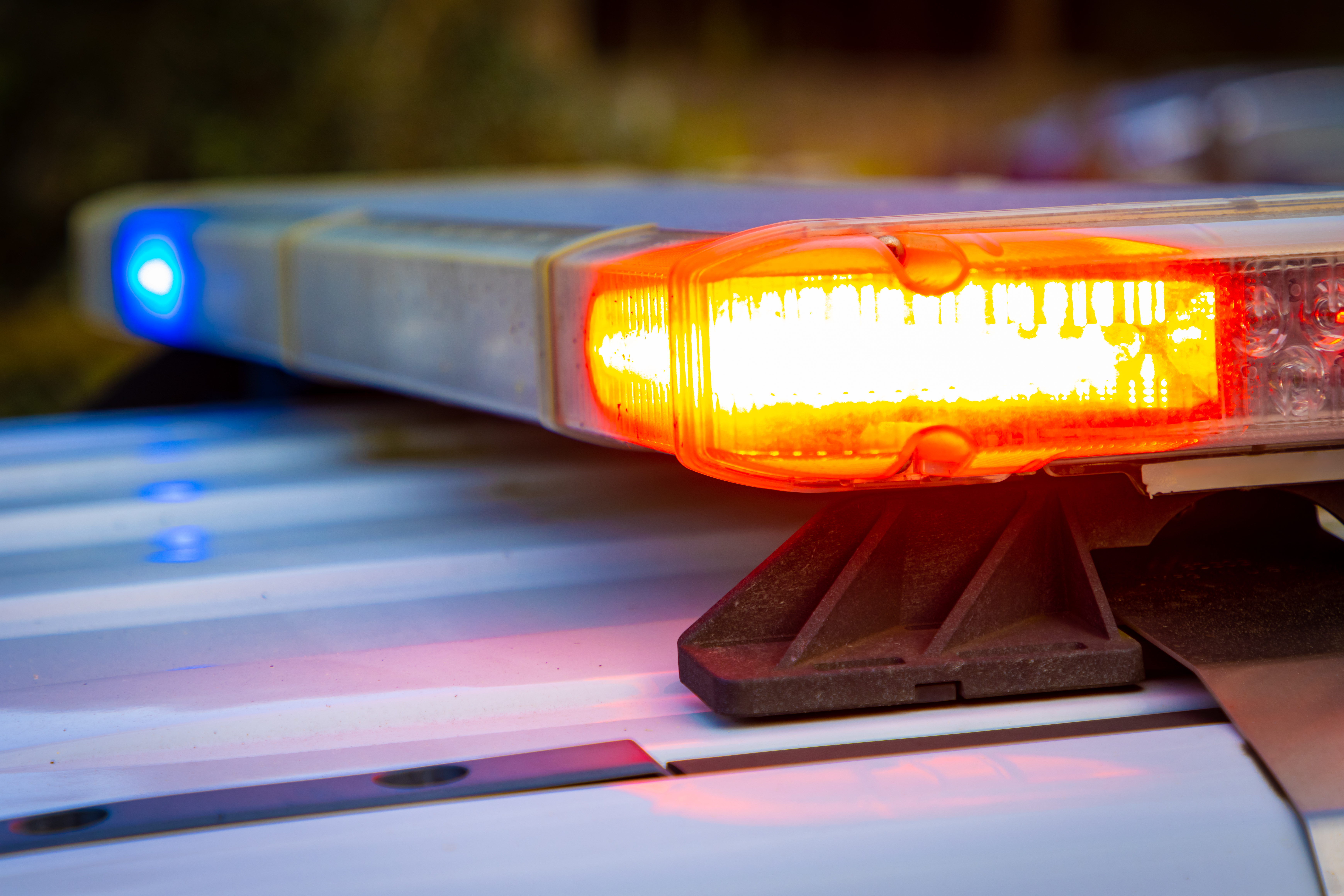A new study suggests that “The Big One” could trigger more large earthquakes on other fault lines. Gadi Schwartz reports for the NBC4 News at 11 p.m. on Wednesday, April 22, 2015.
Caltech and six other institutions were awarded a total of $4.9 million in funds by the U.S. Geological Survey Monday for the development of an earthquake warning system on the West Coast.
The agency also announced the purchase of about $1 million in sensor equipment to be used in the ShakeAlert system, which is designed to give residents several seconds of advance warning of an earthquake, allowing them to quickly seek shelter or take precautionary actions to limit damage.
Caltech was awarded funds along with Central Washington University, UC Berkeley, the universities of Oregon, Washington and Nevada-Reno, and UNAVCO, a geological-science research nonprofit.
[LA GALLERY] Northridge Earthquake: The First Day in Photos
Rep. Adam Schiff, D-Burbank, hailed the USGS funding, saying it "brings us one step closer to fully deploying this technology which can save lives in the event of a major earthquake."
"We know that it is a matter of 'when' not 'if' a major earthquake will strike the West Coast, and a fully operational early warning system will help us be ready," he said.
The system was in danger earlier this year of losing funding in the federal budget, but an outcry from West Coast legislators led to $10.2 million in funds for the program's development.
Local
Get Los Angeles's latest local news on crime, entertainment, weather, schools, cost of living and more. Here's your go-to source for today's LA news.
[LA GALLERY updated 6/9] What You'll Find Along the San Andreas Fault
The USGS estimated in 2014 that completing the warning system that has been under development since 2006 will require about $38.3 million in capital investment, and $16.1 million per year to operate and maintain.






















































































